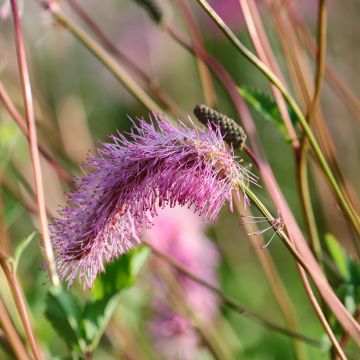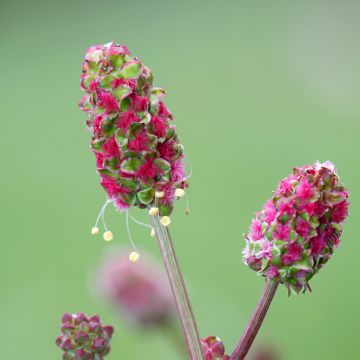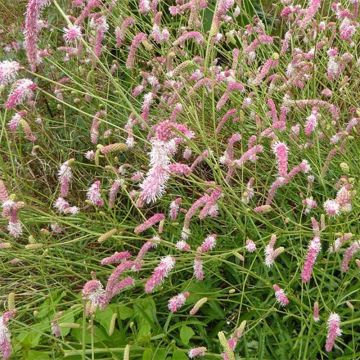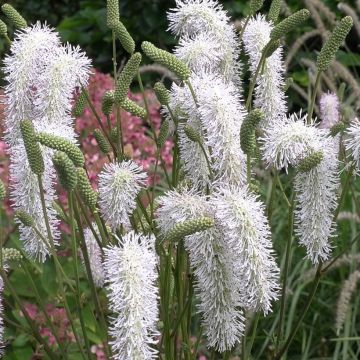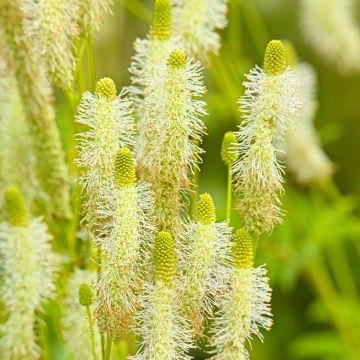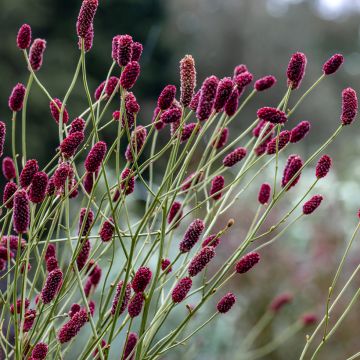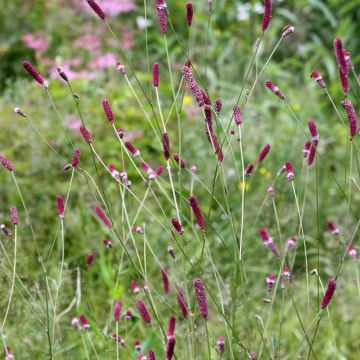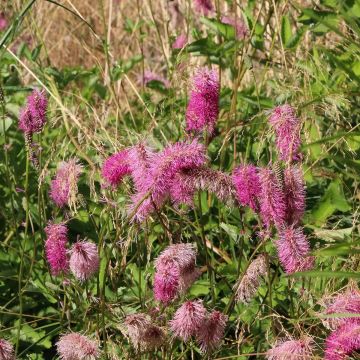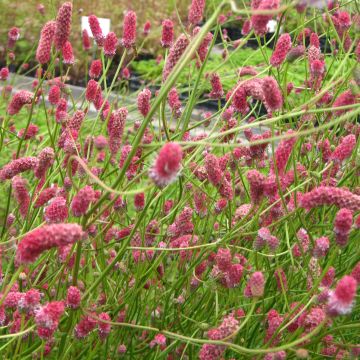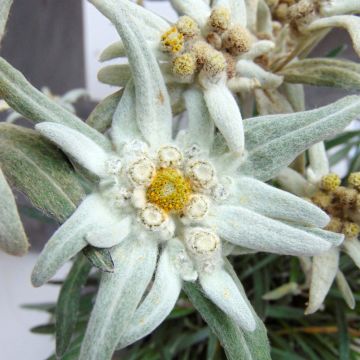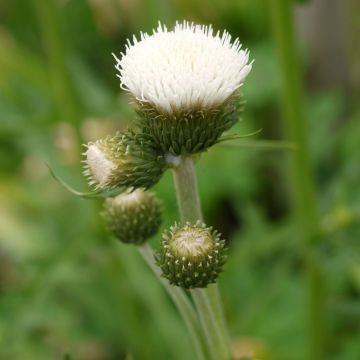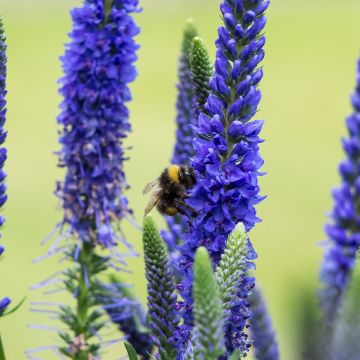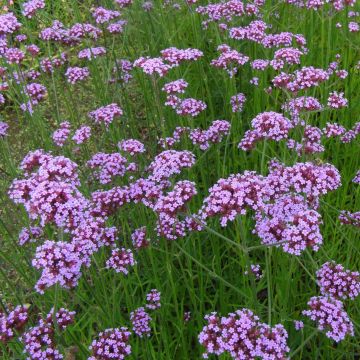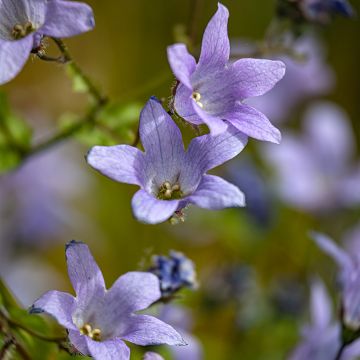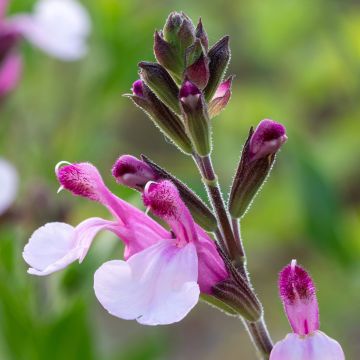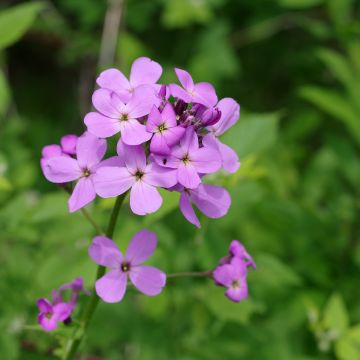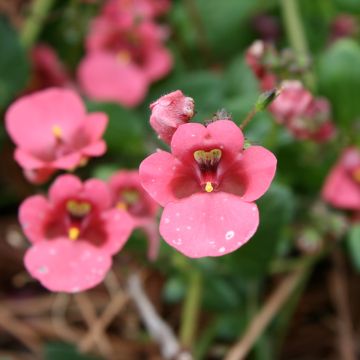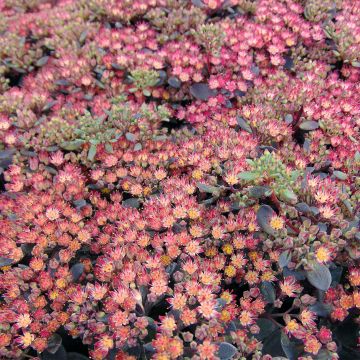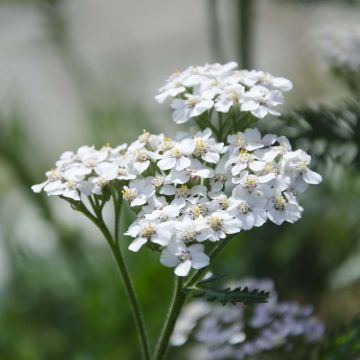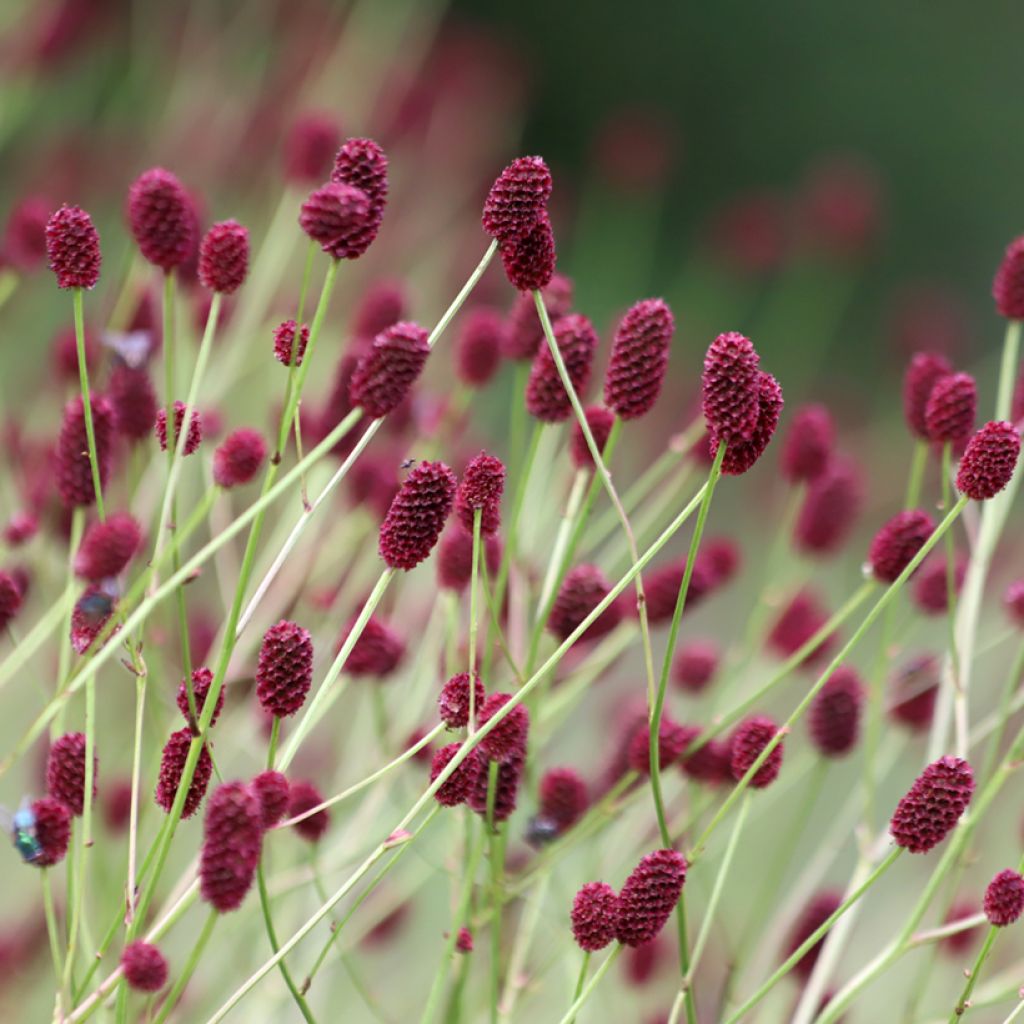

Sanguisorba officinalis 'Arnhem'
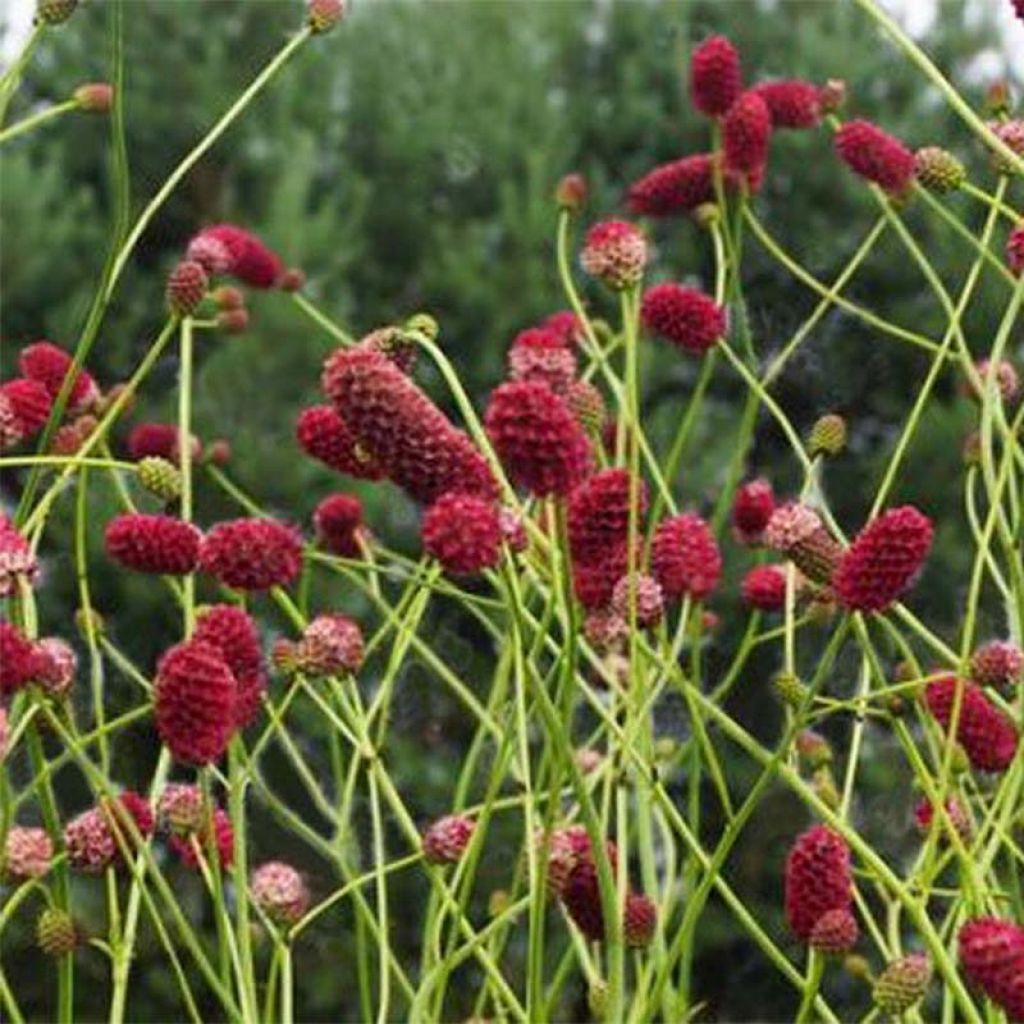

Sanguisorba officinalis 'Arnhem'
Sanguisorba officinalis 'Arnhem'
Sanguisorba officinalis Arnhem
Great Burnet, Garden Burnet, Official Burnet, Salad Burnet
This item cannot be shipped to the selected country
Delivery charge from €5.90
More information
Schedule delivery date,
and select date in basket
This plant carries a 12 months recovery warranty
More information
We guarantee the quality of our plants for a full growing cycle, and will replace at our expense any plant that fails to recover under normal climatic and planting conditions.
From €5.90 for pickup delivery and €6.90 for home delivery
Express home delivery from €8.90.

Does this plant fit my garden?
Set up your Plantfit profile →
Description
Sanguisorba officinalis 'Arnhem', discovered by chance near the eponymous Dutch city, is a Great Burnet that possesses a unique charm. While this tall plant has a somewhat stiff habit when in bloom, it is undeniably graceful and beautifully coloured. Above its foliage, multiple small raspberry-red spikes bloom, their elusive beauty enhanced by the slightest breeze. The flowering continues throughout the summer, fading into a brown colour that blends perfectly with wildflowers and the hair-like roots of grasses. The vigorous root is also perfectly hardy, even in heavy, waterlogged soils in winter. It will bring a natural and poetic touch to the garden. The Great Burnet is originally a plant of moist to wet soil, which creates a sensation near water sources.
Sanguisorba officinalis is a medicinal botanical species widespread in the temperate northern hemisphere, from Europe to North America, through North and West Asia. It belongs to the large family of Rosaceae. It is a rhizomatous herbaceous perennial plant, non-invasive, developing from a vigorous root. The foliage emerges in spring and disappears in winter.
The 'Arnhem' cultivar, under good conditions (in fresh and fertile soil), forms a clump of approximately 1.50m (5ft) in height and 60cm (24in) in width, with rapid growth. It slowly spreads to form beautiful leafy masses with a very fresh bluish-green colour. From June to August, large floral spikes emerge from the foliage, bearing short, semi-erect, stout, cylindrical spikes, 2-3cm (1in) long. They are adorned with tiny flowers of a beautiful raspberry-red colour, more vivid than the typically dull red observed in common burnets. The faded and browned inflorescences remain decorative for a long time. This flowering distinctly overtops a beautifully cut foliage. The basal leaves, 20 to 30cm (8 to 12in) long, are divided into 7 to 25 leaflets, oblong, elliptical, and regularly toothed. The stem leaves, smaller and erect, are often tinged with red.
Sanguisorba officinalis 'Arnhem' is an airy plant, with subtle and wild charm, which will work wonders in the heart of wild or naturalistic beds, in a flowery meadow, and of course at the edge of a pond. It will adapt to any soil that does not dry out even in summer, even if it tends to be limestone and clayey. It has the advantage of being highly resistant to cold, allowing it to be adopted in almost all regions. For a beautiful wild and refined effect, it can be planted en masse, associated with Lychnis 'Jenny', Cirsium 'Atropurpureum', Miscanthus sinensis 'Ghana', or Pennisetum orientale 'Karley Rose'. It will accompany, with lightness, other beautiful foliage plants, such as Alchemilla mollis or the tall Angelica gigas. Its foliage, with a delightful cucumber aroma, can also be included in mixed salads.
Report an error about the product description
Sanguisorba officinalis 'Arnhem' in pictures
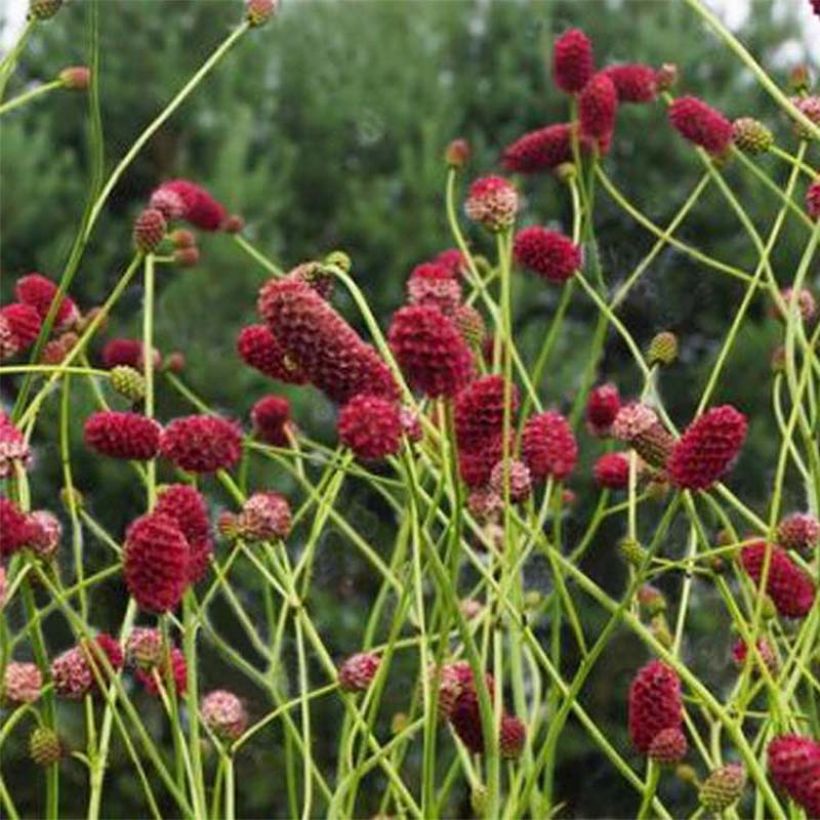

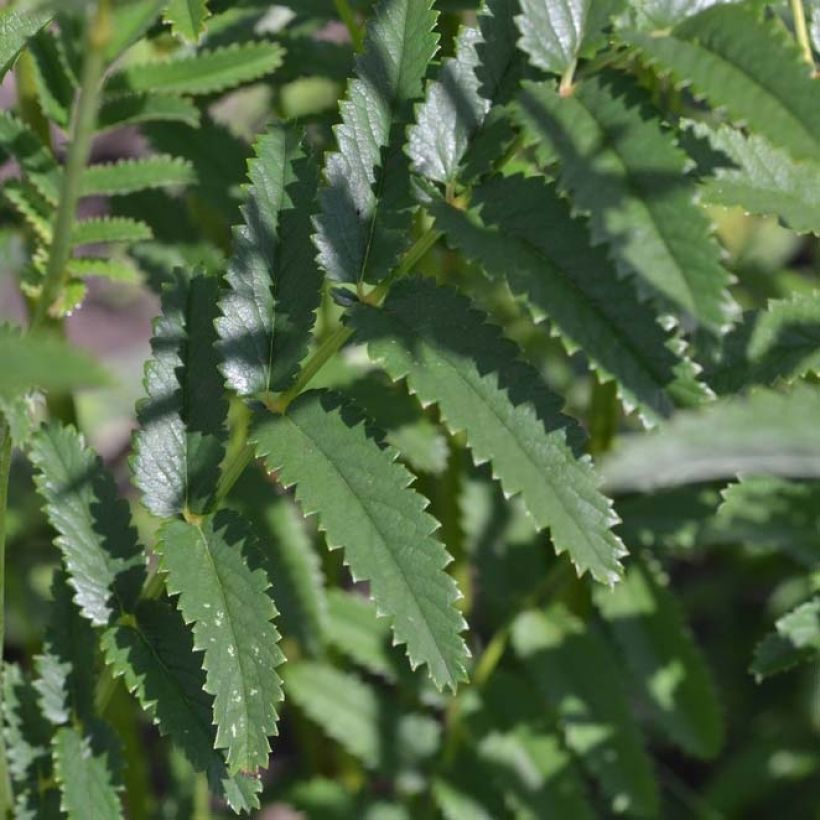

Flowering
Foliage
Plant habit
Botanical data
Sanguisorba
officinalis
Arnhem
Rosaceae
Great Burnet, Garden Burnet, Official Burnet, Salad Burnet
Cultivar or hybrid
Other Sanguisorba
Planting and care
Sanguisorba officinalis 'Arnhem' prefers consistently moist, even waterlogged, humus-rich, clayey, loamy, rather chalky soils, and a sunny exposure. This lovely perennial plant native to cold regions likes a fresh and rich soil. Easy to grow under such conditions, it easily naturalizes in the garden through its rhizome and spontaneous seedlings (not always true to the parent plant). Its faded flowers remain decorative for a long time in winter: prune the clump before the start of vegetation, in spring.
Planting period
Intended location
Care
-
, onOrder confirmed
Reply from on Promesse de fleurs
Summer flowering perennials
Haven't found what you were looking for?
Hardiness is the lowest winter temperature a plant can endure without suffering serious damage or even dying. However, hardiness is affected by location (a sheltered area, such as a patio), protection (winter cover) and soil type (hardiness is improved by well-drained soil).

Photo Sharing Terms & Conditions
In order to encourage gardeners to interact and share their experiences, Promesse de fleurs offers various media enabling content to be uploaded onto its Site - in particular via the ‘Photo sharing’ module.
The User agrees to refrain from:
- Posting any content that is illegal, prejudicial, insulting, racist, inciteful to hatred, revisionist, contrary to public decency, that infringes on privacy or on the privacy rights of third parties, in particular the publicity rights of persons and goods, intellectual property rights, or the right to privacy.
- Submitting content on behalf of a third party;
- Impersonate the identity of a third party and/or publish any personal information about a third party;
In general, the User undertakes to refrain from any unethical behaviour.
All Content (in particular text, comments, files, images, photos, videos, creative works, etc.), which may be subject to property or intellectual property rights, image or other private rights, shall remain the property of the User, subject to the limited rights granted by the terms of the licence granted by Promesse de fleurs as stated below. Users are at liberty to publish or not to publish such Content on the Site, notably via the ‘Photo Sharing’ facility, and accept that this Content shall be made public and freely accessible, notably on the Internet.
Users further acknowledge, undertake to have ,and guarantee that they hold all necessary rights and permissions to publish such material on the Site, in particular with regard to the legislation in force pertaining to any privacy, property, intellectual property, image, or contractual rights, or rights of any other nature. By publishing such Content on the Site, Users acknowledge accepting full liability as publishers of the Content within the meaning of the law, and grant Promesse de fleurs, free of charge, an inclusive, worldwide licence for the said Content for the entire duration of its publication, including all reproduction, representation, up/downloading, displaying, performing, transmission, and storage rights.
Users also grant permission for their name to be linked to the Content and accept that this link may not always be made available.
By engaging in posting material, Users consent to their Content becoming automatically accessible on the Internet, in particular on other sites and/or blogs and/or web pages of the Promesse de fleurs site, including in particular social pages and the Promesse de fleurs catalogue.
Users may secure the removal of entrusted content free of charge by issuing a simple request via our contact form.
The flowering period indicated on our website applies to countries and regions located in USDA zone 8 (France, the United Kingdom, Ireland, the Netherlands, etc.)
It will vary according to where you live:
- In zones 9 to 10 (Italy, Spain, Greece, etc.), flowering will occur about 2 to 4 weeks earlier.
- In zones 6 to 7 (Germany, Poland, Slovenia, and lower mountainous regions), flowering will be delayed by 2 to 3 weeks.
- In zone 5 (Central Europe, Scandinavia), blooming will be delayed by 3 to 5 weeks.
In temperate climates, pruning of spring-flowering shrubs (forsythia, spireas, etc.) should be done just after flowering.
Pruning of summer-flowering shrubs (Indian Lilac, Perovskia, etc.) can be done in winter or spring.
In cold regions as well as with frost-sensitive plants, avoid pruning too early when severe frosts may still occur.
The planting period indicated on our website applies to countries and regions located in USDA zone 8 (France, United Kingdom, Ireland, Netherlands).
It will vary according to where you live:
- In Mediterranean zones (Marseille, Madrid, Milan, etc.), autumn and winter are the best planting periods.
- In continental zones (Strasbourg, Munich, Vienna, etc.), delay planting by 2 to 3 weeks in spring and bring it forward by 2 to 4 weeks in autumn.
- In mountainous regions (the Alps, Pyrenees, Carpathians, etc.), it is best to plant in late spring (May-June) or late summer (August-September).
The harvesting period indicated on our website applies to countries and regions in USDA zone 8 (France, England, Ireland, the Netherlands).
In colder areas (Scandinavia, Poland, Austria...) fruit and vegetable harvests are likely to be delayed by 3-4 weeks.
In warmer areas (Italy, Spain, Greece, etc.), harvesting will probably take place earlier, depending on weather conditions.
The sowing periods indicated on our website apply to countries and regions within USDA Zone 8 (France, UK, Ireland, Netherlands).
In colder areas (Scandinavia, Poland, Austria...), delay any outdoor sowing by 3-4 weeks, or sow under glass.
In warmer climes (Italy, Spain, Greece, etc.), bring outdoor sowing forward by a few weeks.

































